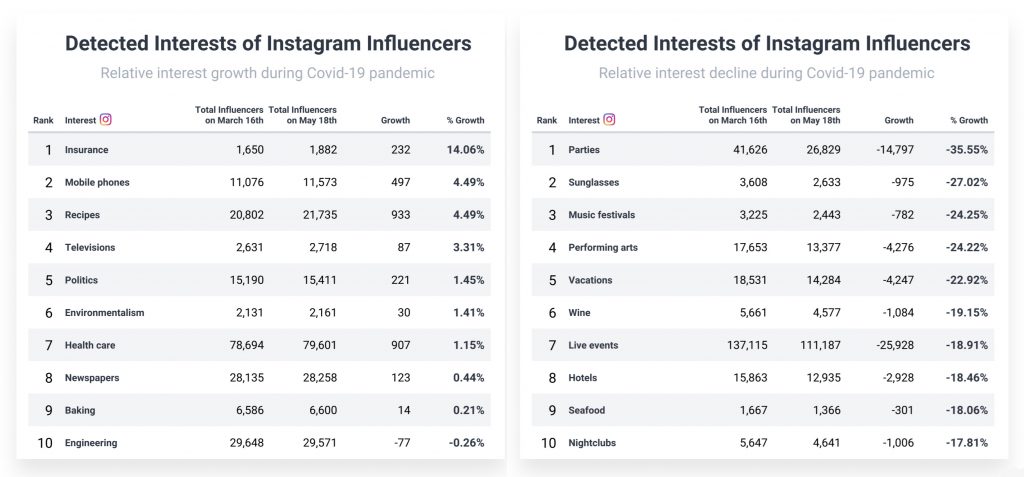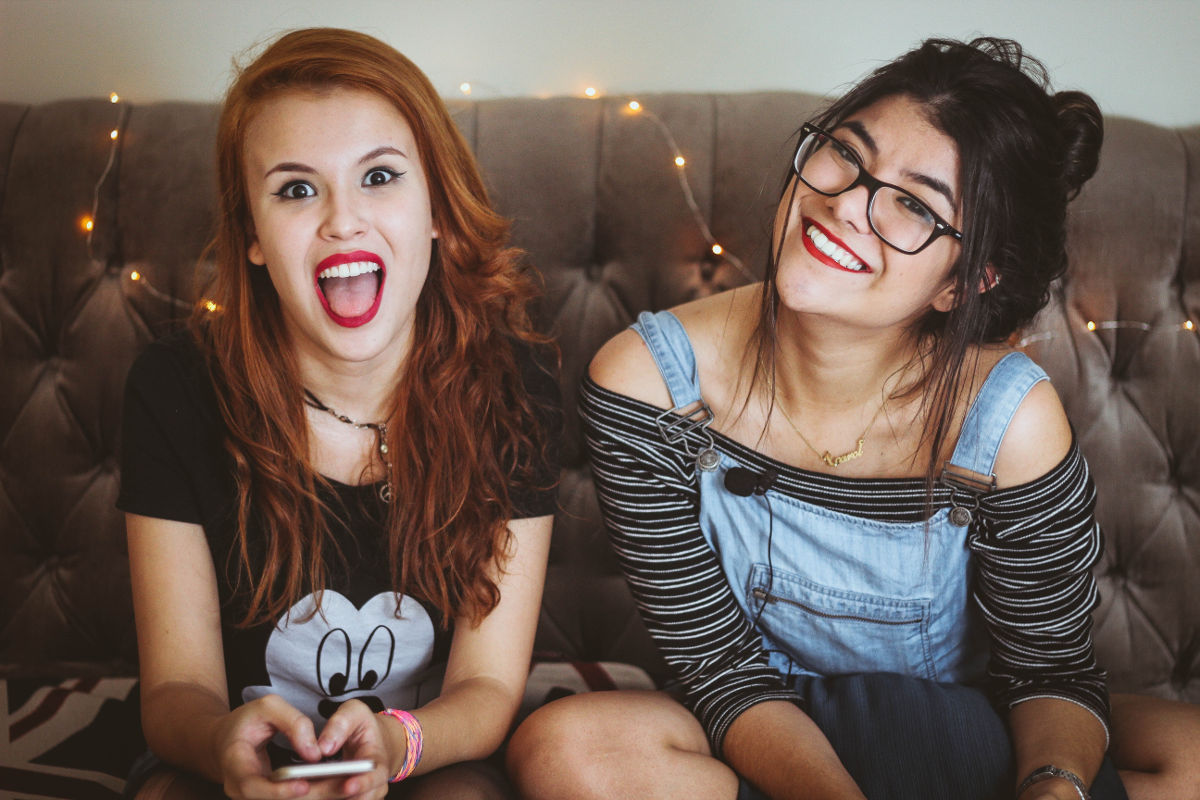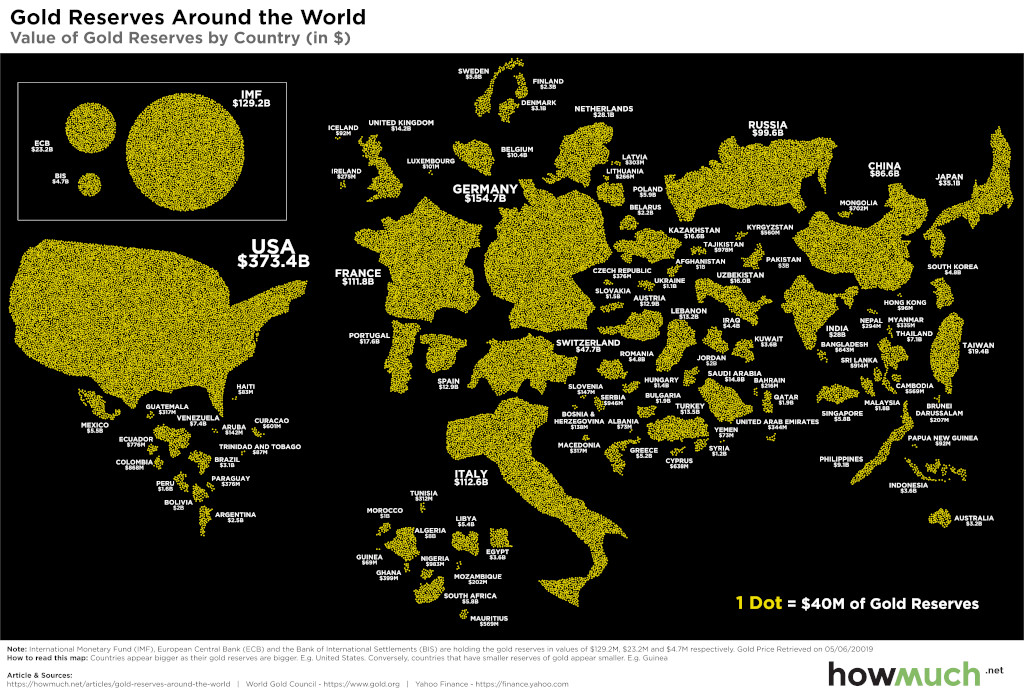The coronavirus pandemic has caused a pivot toward smaller influencers as they seem to be offering more value considering budget limitations, according to a recent study.
Socialbakers’ State of Influencer Marketing Report shows that about 40% of all brand cooperations over the last 16 months were with small influencers who have 10 to 50k followers.
“The next largest share, which started growing again in 2020, was micro-influencers with less than 10,000 followers. In times of economic hardship, marketers turned toward less costly partnerships for their campaigns,” writes the social media management platform.
It also says influencer interests have changed to reflect the cultural moment and that the use of influencer marketing is likely to become more prevalent going forward as brands are looking for ways to connect with their audience.
Here are the key insights from the Socialbakers’ research, which highlights the effects of COVID-19 on the industry and shows how brands have adapted to the environment brought on by the global pandemic.
#Ad Usage Decreases by 30%
The number of Instagram influencers cooperating with brands who used #ad decreased by 30% in April 2020, compared to April 2019. It was the lowest total since August 2019.
The decrease of #ad usage in 2020 was likely the result of the worldwide pandemic.
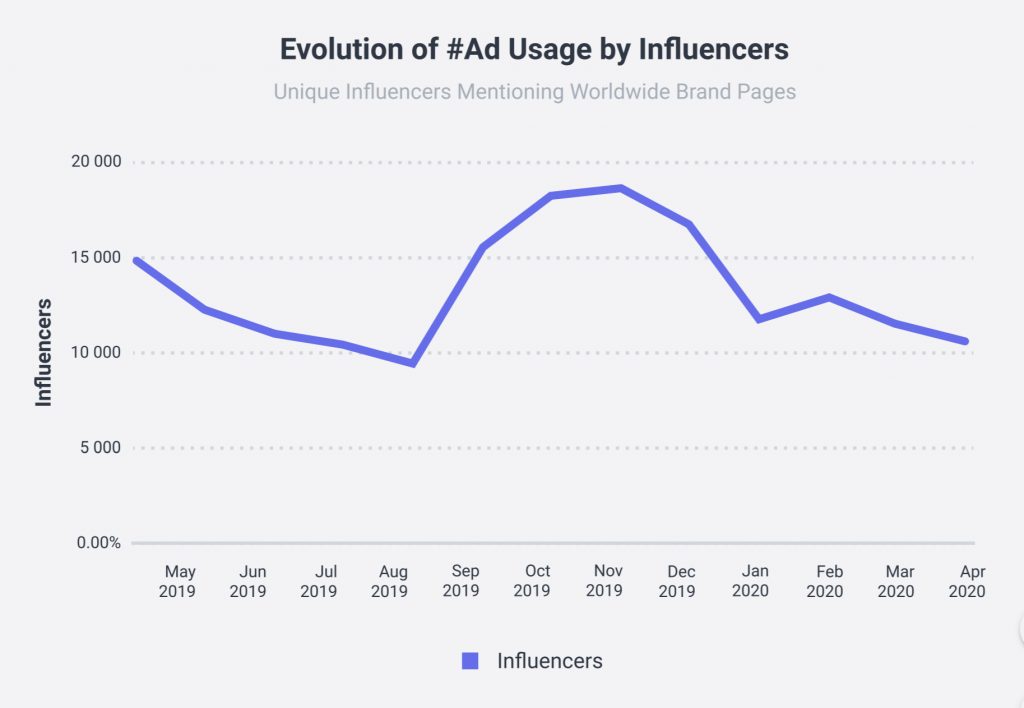
Fewer Brands Partner With Influencers
The number of brands cooperating with influencers on Instagram started to decline in November 2019.
Following the annual post-holiday decrease, the coronavirus likely had an impact on the continued decrease through April 2020, when a 37% decrease was registered compared to April 2019.
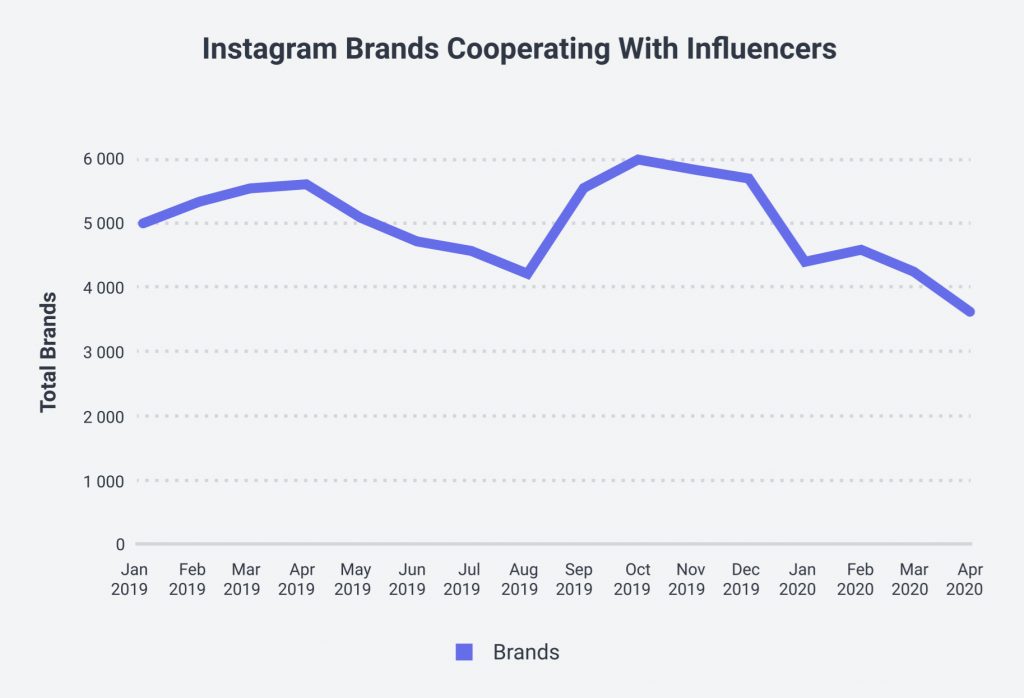
Carousel Usage Increases by 34%
Over the last two years, the use of images decreased as Instagram influencers started to post more carousels, which can include both images and videos.
Carousel posts grew by 34.2% over the last two years, while image decreased by 16.8%. Videos have remained almost the same with a slight increase lately.
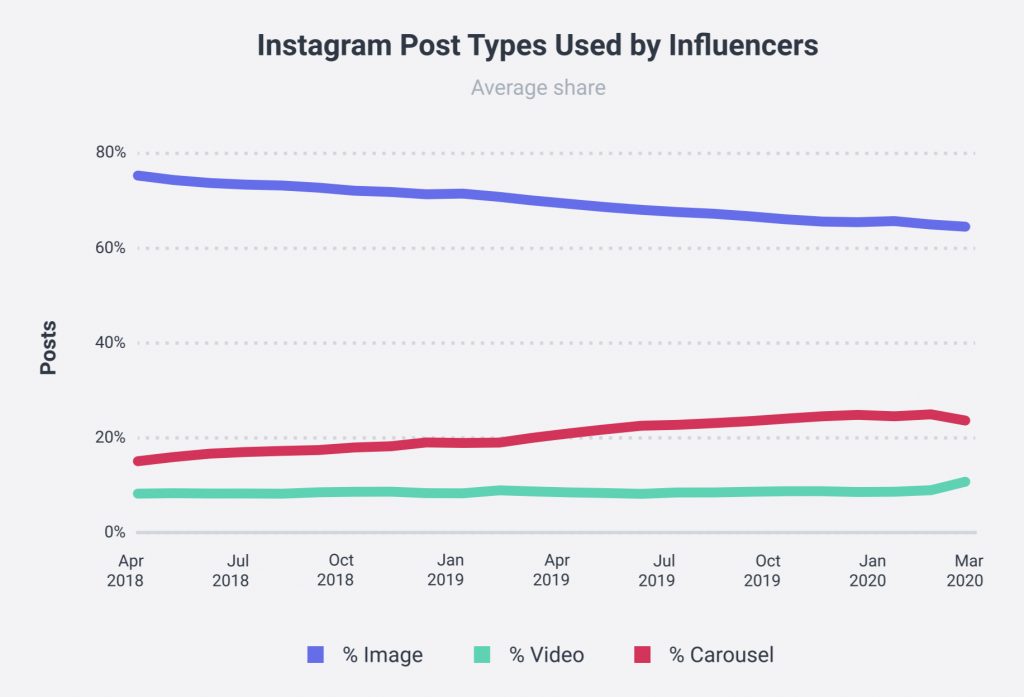
Efficiency Decreases More Than 40%
In April 2020, influencer marketing efficiency decreased by 41% compared to April 2019.
Efficiency declined again in spring following the rise and fall of the holiday season. The drop can probably be attributed to the pandemic.
Influencer marketing efficiency is defined by Socialbakers as the “ratio of average interactions on an influencer’s post mentioning the brand compared to a post published by the brand itself.”
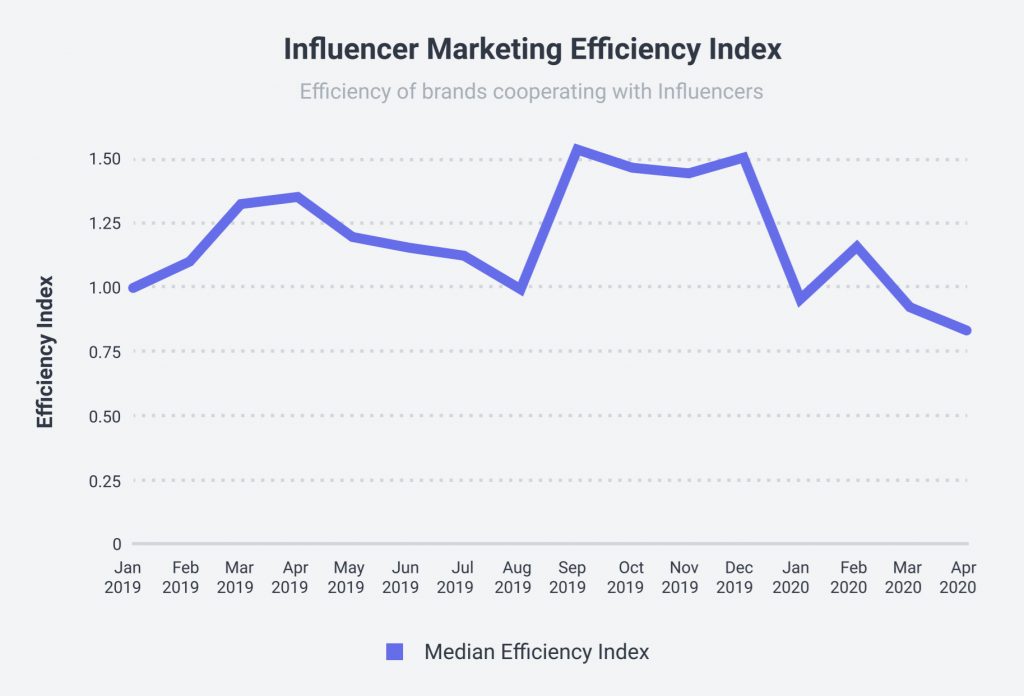
Highest Industry Efficiency in Health Care
Health care was the industry that had the highest cooperation efficiency with Instagram influencers. Influencer posts in this field were 4.2x more efficient than brand posts.
Finance (3.9x), telecom (3.8x), and accommodation (2.7x) were among other industries with high cooperation efficiencies.
However, industries like auto (0.6x), sporting goods (0.4x), and airlines (0.2x) have not found the right influencer partnerships.
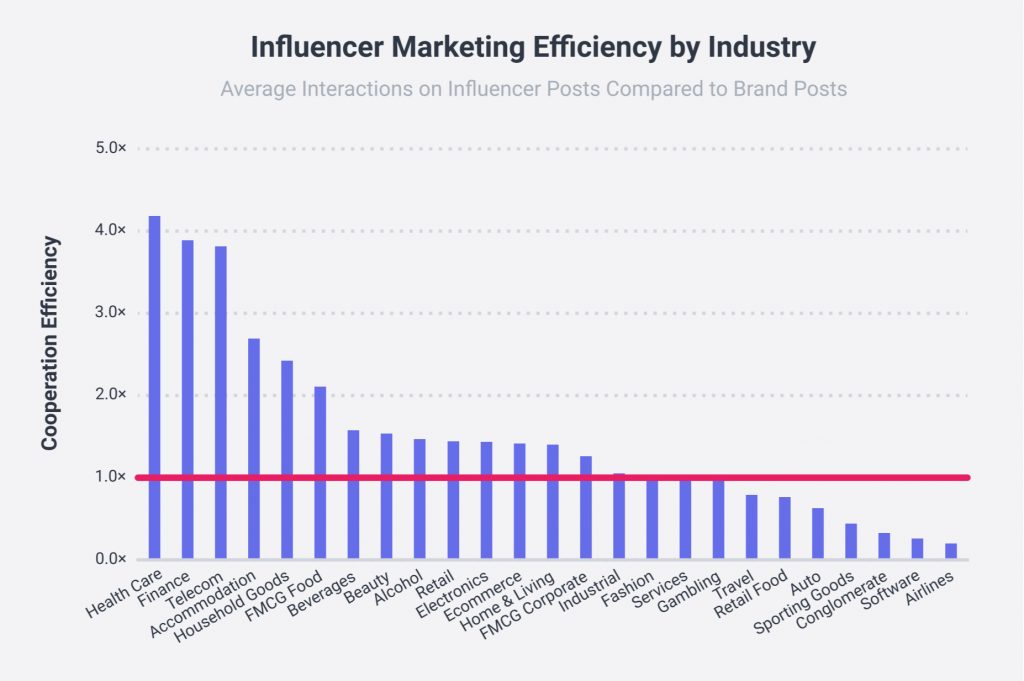
Smaller Brands Get Larger Boost With Influencers
Influencer marketing has proved most effective for extra small brands that have less than 10,000 followers.
They achieved the most efficiency from their influencer campaigns when they partnered with small or larger influencers.
Partnerships with macro-influencers (more than 1 million followers) mostly benefit larger brands.
Extra small brands saw considerable efficiency increases with campaigns that involved influencers, particularly those with more than 50,000 followers.
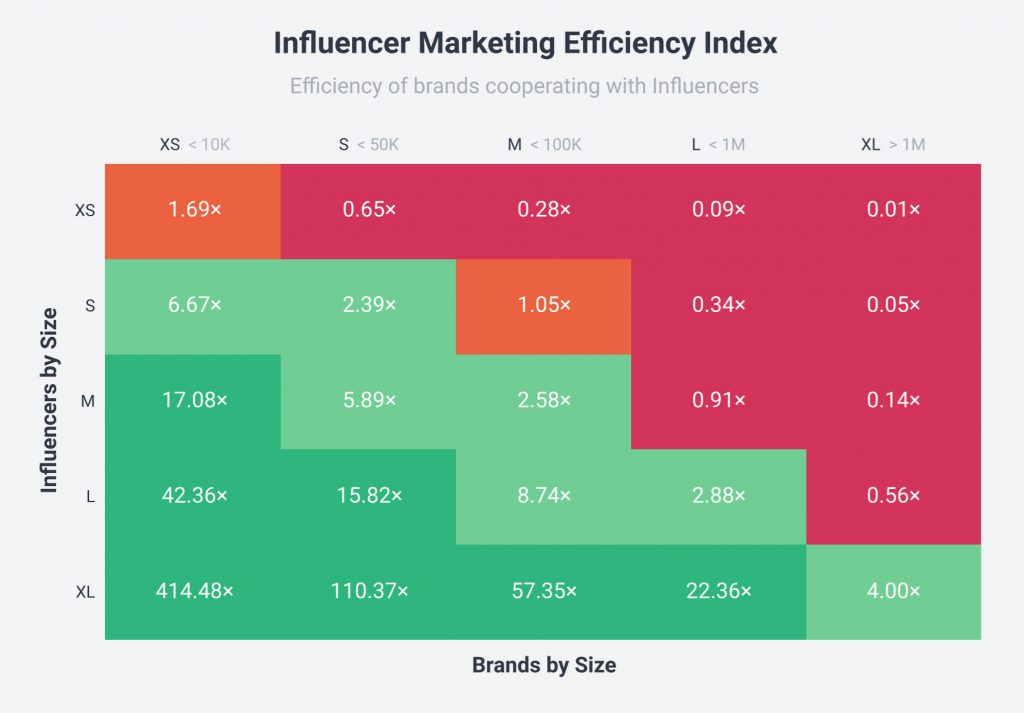
15% of Macro-Influencers Use #Ad
#ad was used on Instagram by more than 15% of macro-influencers in Q1 2020. On the other hand, only 1.3% of micro-influencers used #ad.
The fact that there are far more micro-influencers than macro-influencers explains the disparity.
The data indicates that the larger an influencer gets, the more likely they are to use #ad.
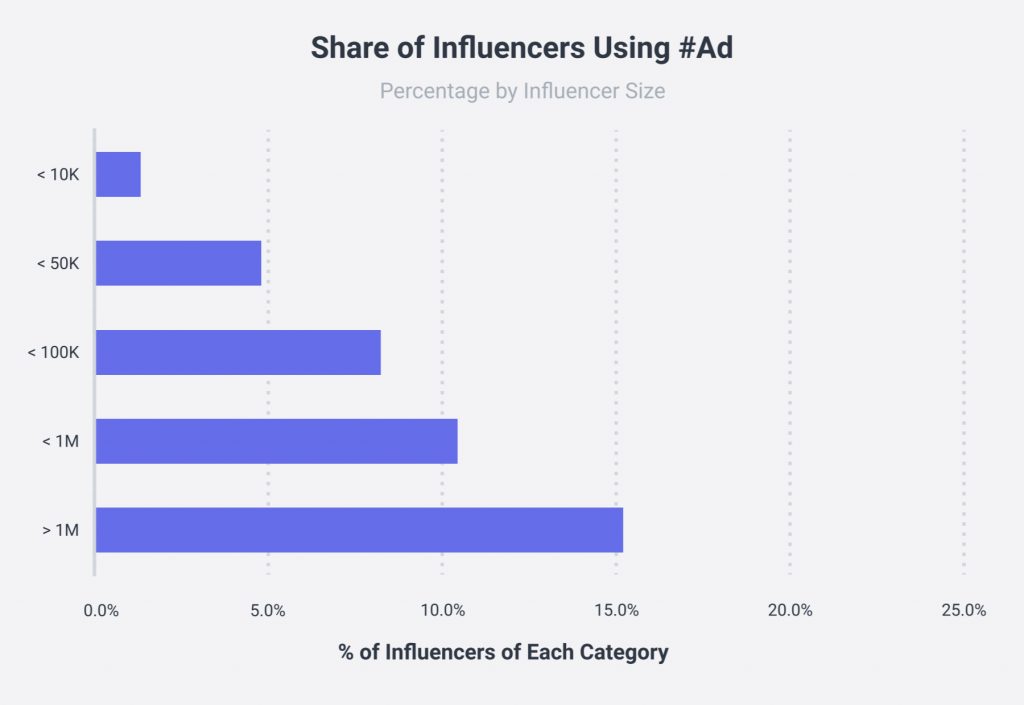
Small Influencers Have the Most Brand Partnerships
About 40% of all brand cooperations were with small influencers (10k-50k followers) over the last 16 months.
The next largest share, which began to grow again in 2020, was micro-influencers with less than 10,000 followers.
Marketers preferred to use less costly partnerships for their campaigns in light of the economic hardship caused by the coronavirus outbreak.
At the other end of the spectrum, macro-influencers were engaged in the least amount of cooperations (1-3%).
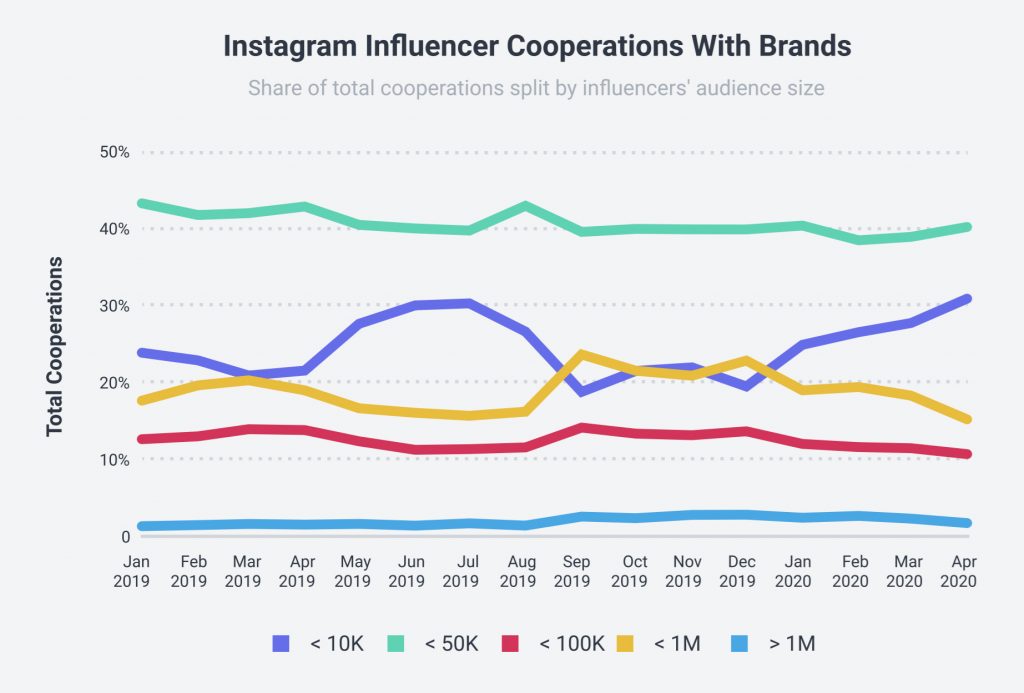
One-Third of Influencers Have Less Than 10k Followers
Around a third of all Instagram influencers and #ad posts from those that cooperate with brands come from XS influencers with less than 10,000 followers.
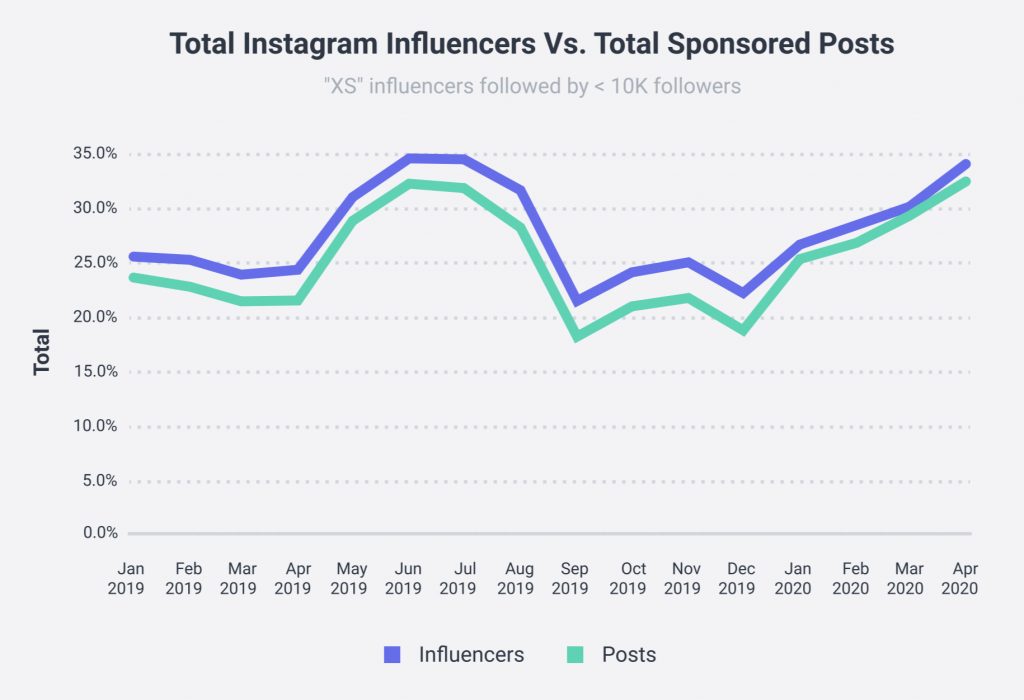
Micro-Influencers Make Up 93.9% of Partnerships
Micro-influencers—those with less than 100,000 followers—accounted for an average of 93.9% of all brand cooperations in the analyzed regions.
Latin America used the largest percentage of micro-influencers (95.9%). This is while North America used the smallest percentage (92.3%).
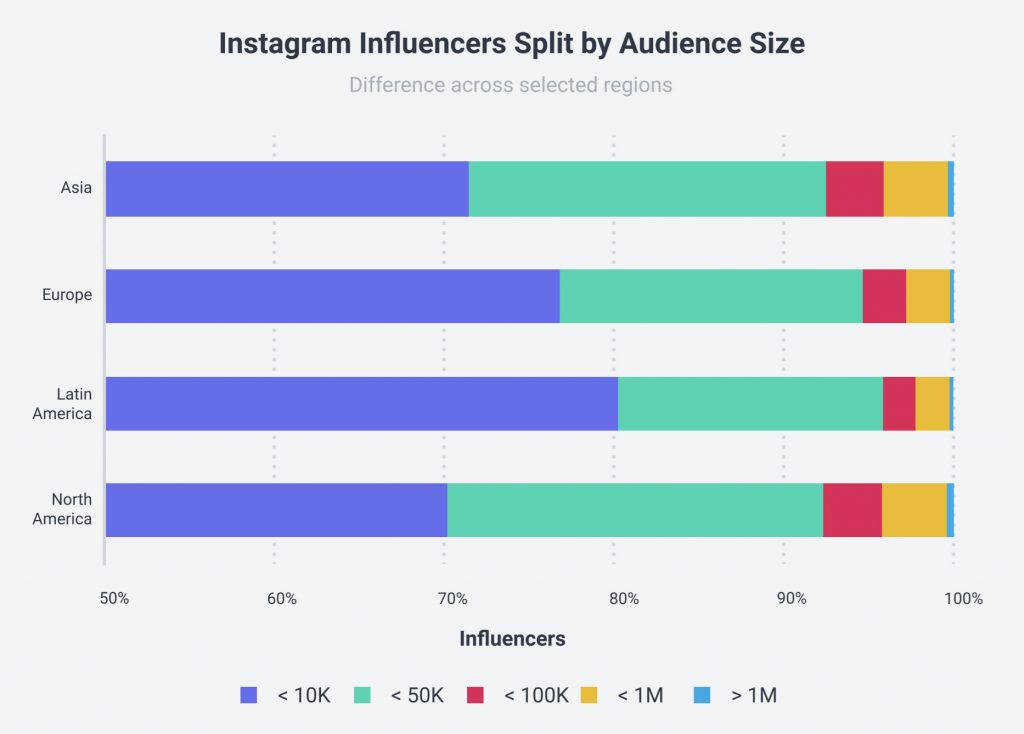
Effect of COVID-19 on Influencer Interests
Socialbakers’ analysis of the topics that Instagram influencers were posting about showed that interests like insurance, recipes, and health care grew while parties, music festivals, and vacations all decreased amid COVID-19.
